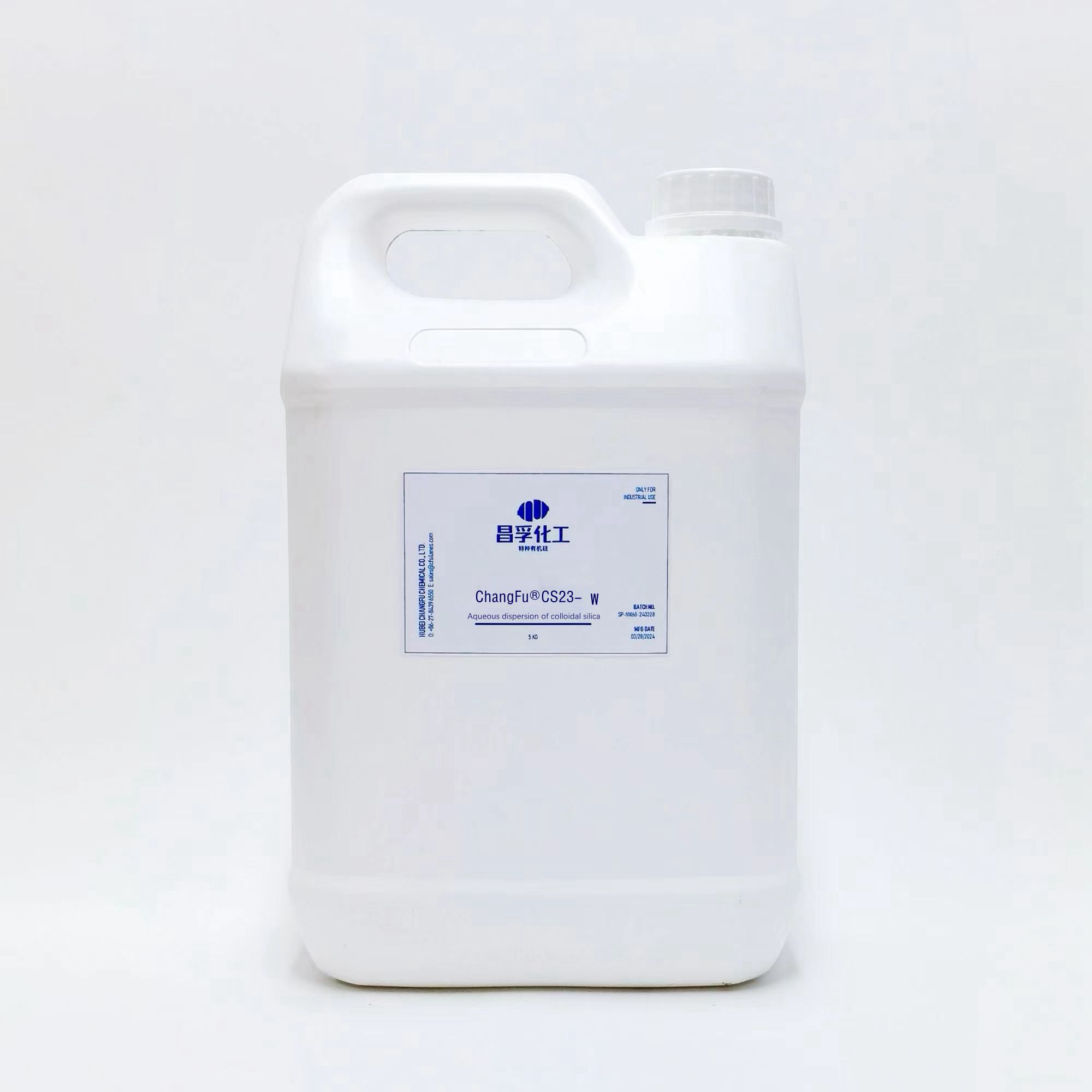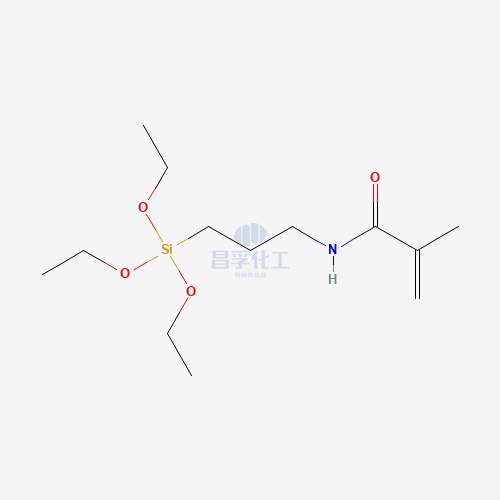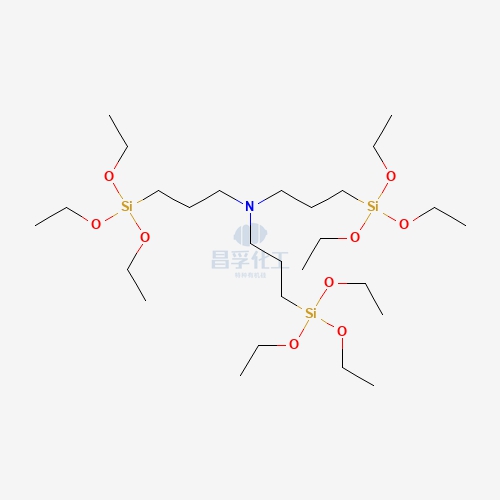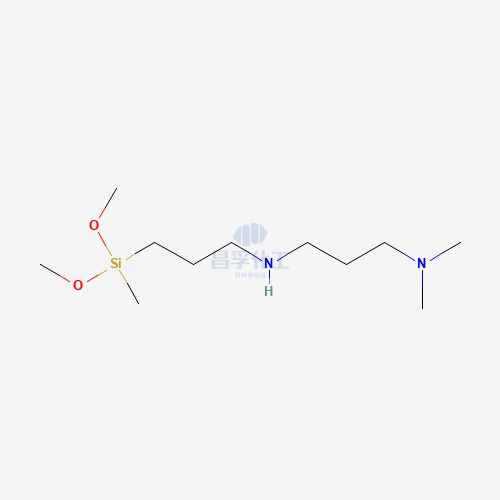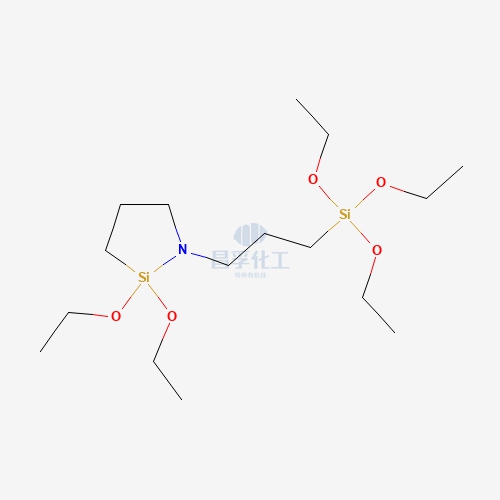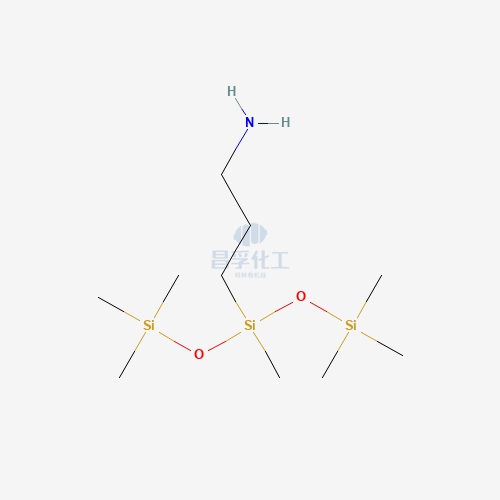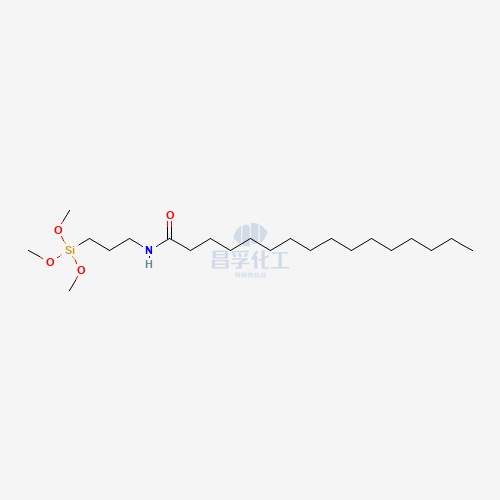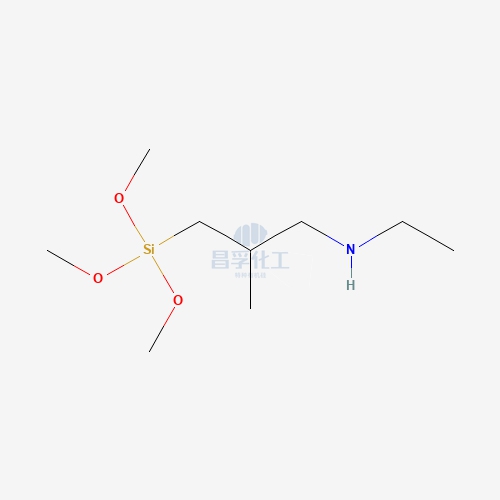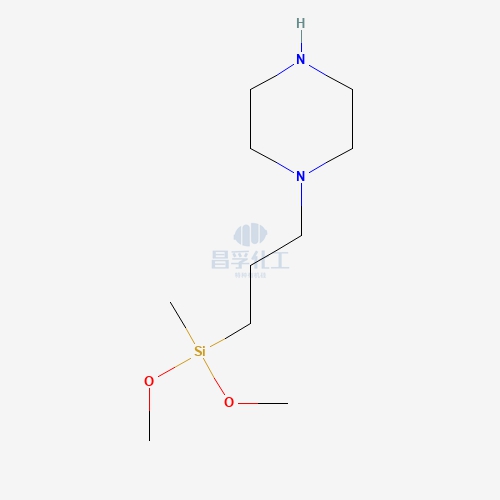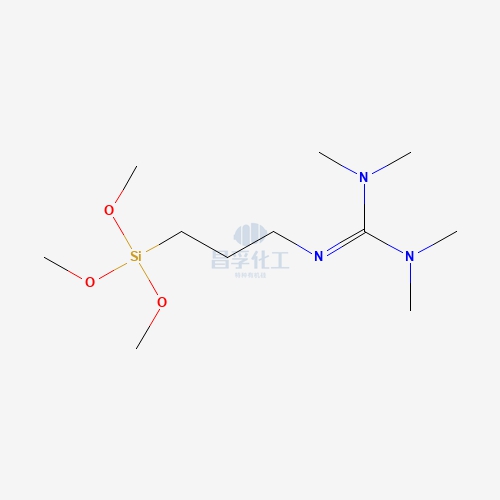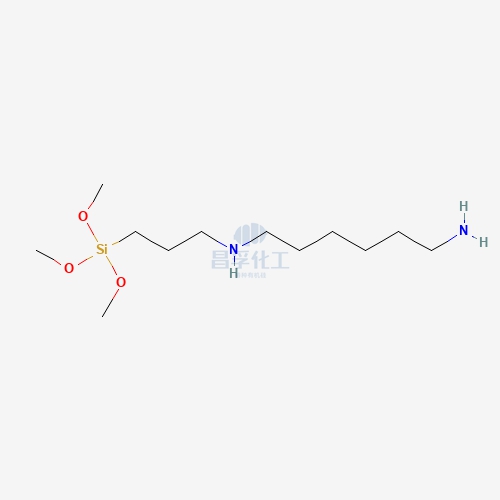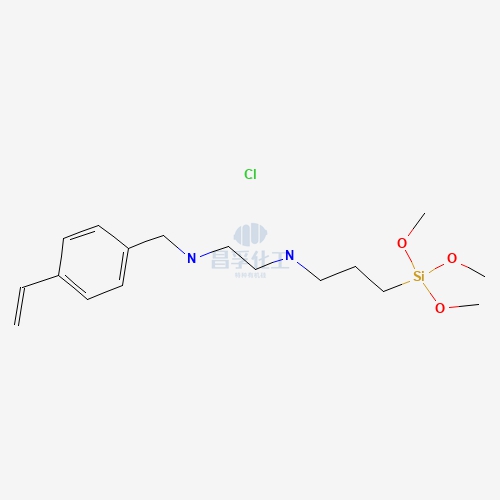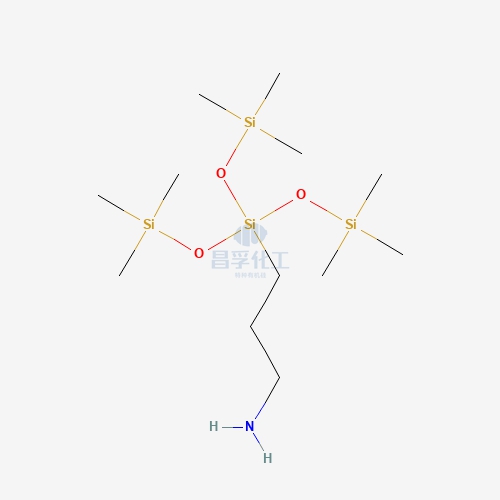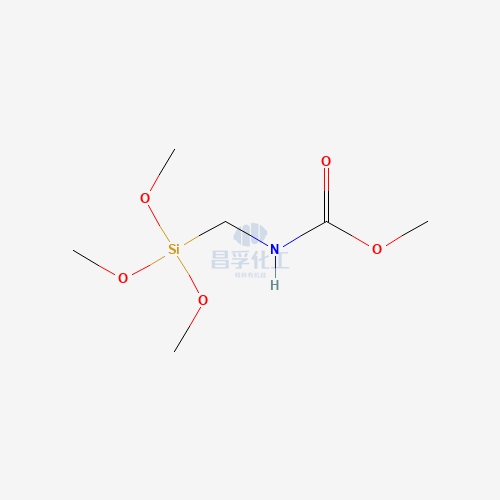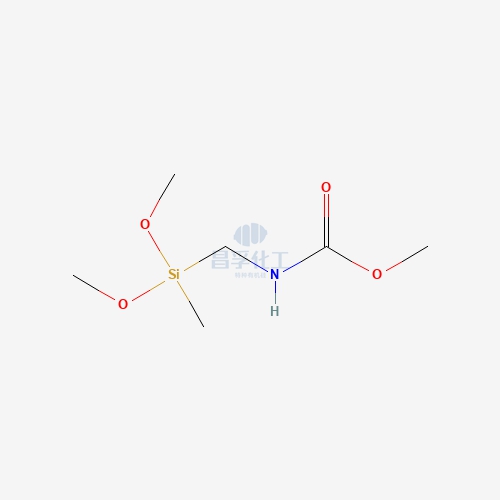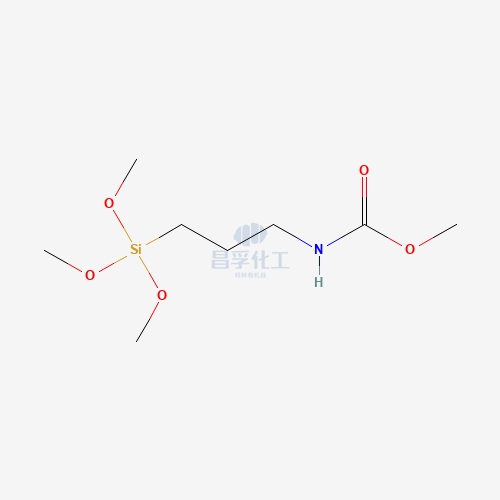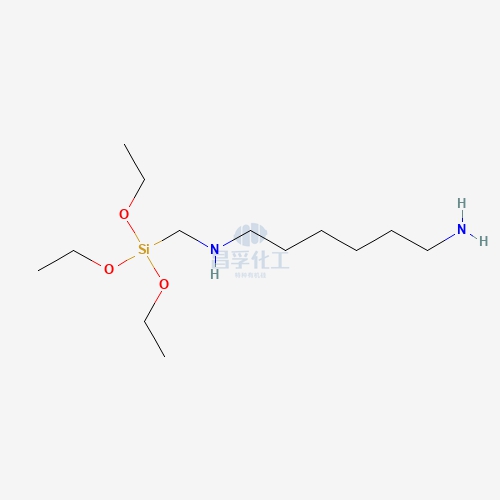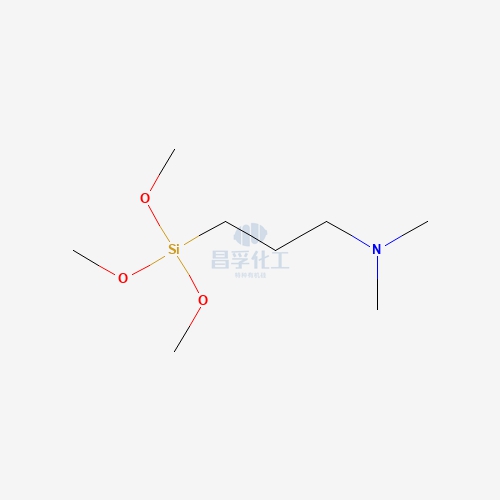



Contact Changfu Chemical Now!
+86 27 8439 6550 | +86 181 6277 0058
Organometallic Reagents: The Role of Silicon in Organic, Organometallic and Polymer Chemistry
Organometallic reagents play a crucial role in modern synthetic chemistry, especially in creating complex organic compounds and materials with diverse applications. These reagents are used extensively in reactions involving metal-carbon bonds, where the metal influences the reactivity of organic molecules. Among the many elements that participate in this process, silicon stands out due to its versatile nature, particularly in organic organometallic chemistry and polymer chemistry.
This blog will explore how organometallic reagents are utilized, the significant role of silicon in organic organometallic chemistry, and the applications of organometallic compounds of silicon in the development of innovative polymers and materials.
What Are Organometallic Reagents?
Organometallic reagents are compounds that contain a bond between a metal (or metalloid) and a carbon atom from an organic group. These reagents are valuable tools in organic synthesis, facilitating a range of chemical reactions such as Grignard reactions, carbometalation, and transmetalation. Metals like lithium, magnesium, zinc, and even metalloids like silicon are commonly used in these reagents to manipulate organic molecules.
When silicon is involved, the resulting organometallic compounds of silicon offer unique reactivity patterns. The relatively low electronegativity of silicon compared to carbon makes it an excellent component for organometallic reagents in both organic and polymer chemistry.
The Role of Silicon in Organic Organometallic Chemistry
Silicon is a critical element in organic organometallic chemistry, where its ability to form stable bonds with carbon atoms is highly valued. In contrast to many metals, silicon can participate in both electrophilic and nucleophilic reactions, offering a broad range of applications in the synthesis of organic compounds.
One of the primary uses of silicon in organic chemistry involves organometallic reagents that feature Si-C (silicon-carbon) bonds. These reagents, known as organosilicon compounds, are widely utilized for:
- Silylation reactions: Introducing silyl groups (SiR₃) into organic molecules to protect functional groups like alcohols or amines during multi-step syntheses.
- Hydrosilylation: The addition of a silicon-hydrogen (Si-H) bond across alkenes and alkynes, leading to the formation of silicon-functionalized organic molecules.
- Cross-coupling reactions: Silicon-based organometallic reagents are often used in cross-coupling reactions such as the Hiyama coupling, where organometallic compounds of silicon facilitate carbon-carbon bond formation in the presence of transition metal catalysts.
In organic organometallic chemistry, silicon has unique advantages over other metals due to its ability to stabilize reactive intermediates, which can be key for fine-tuning reaction mechanisms. The broad utility of organometallic compounds of silicon makes it a cornerstone in the synthesis of pharmaceuticals, agrochemicals, and advanced materials.
Organometallic Compounds of Silicon in Polymer Chemistry
Beyond its role in small-molecule synthesis, silicon is also a major player in polymer chemistry, particularly in the development of materials with enhanced thermal, mechanical, and chemical properties. Organometallic compounds of silicon are essential in creating silicon-based polymers, such as silicones (polysiloxanes) and hybrid organic-inorganic polymers, which offer unique advantages over traditional organic polymers.
Silicone Polymers (Polysiloxanes)
Silicone polymers are a class of materials derived from organometallic compounds of silicon. They consist of a backbone of alternating silicon and oxygen atoms, with organic groups attached to the silicon. These polymers are known for their excellent thermal stability, flexibility, and chemical resistance, making them indispensable in industries ranging from electronics to healthcare.
Silicone polymers are typically synthesized using organosilicon reagents such as alkyl silanes or siloxanes. The organometallic nature of silicon allows for fine-tuning of these polymers' properties by varying the organic substituents attached to the silicon atoms. Key applications of silicone polymers include:
- High-temperature stability: Silicones can withstand extreme temperatures, making them suitable for seals, gaskets, and insulation materials in the automotive and aerospace industries.
- Biocompatibility: Due to their inertness, silicone polymers are used in medical devices, implants, and other biomedical applications.
- Water repellency: Silicone coatings provide excellent moisture protection, making them ideal for waterproof sealants and protective coatings.
Organometallic Compounds of Silicon in Hybrid Polymers
Organometallic compounds of silicon are also used in the production of hybrid organic-inorganic polymers. These materials combine the flexibility and processability of organic polymers with the robustness and durability of inorganic components, resulting in materials with enhanced properties.
One example is the use of silicon-organometallic compounds to create polycarbosilanes—polymers that contain both silicon and carbon in their backbones. These materials serve as precursors to advanced ceramics and silicon carbide fibers, which are used in high-performance applications such as heat-resistant coatings and structural materials in demanding environments.
In addition, organometallic compounds of silicon are vital for developing materials with tailored properties, such as improved electrical conductivity or flame resistance, further expanding the scope of silicon in polymer chemistry.
Applications of Organometallic Compounds of Silicon in Industry
The versatility of organometallic reagents, particularly organometallic compounds of silicon, has led to their widespread use across several industries:
- Electronics: Silicon-organometallic compounds are crucial in semiconductor manufacturing, photovoltaics, and flexible electronics.
- Biomedical Engineering: Silicones are used in a wide range of medical applications, including implants, prosthetics, and wound dressings, due to their biocompatibility and inert properties.
- Adhesives and Coatings: Silicon-based polymers are widely used in sealants, adhesives, and protective coatings, providing resistance to water, UV radiation, and temperature extremes.
- Energy Storage: Silicon-based materials, derived from organometallic reagents, are being researched for their role in improving lithium-ion batteries, offering greater energy storage capacities than conventional materials.
Organic Halogen Compounds in Organometallic Chemistry
Organic halogen compounds are organic molecules that contain one or more halogen atoms (fluorine, chlorine, bromine, iodine) attached to a carbon atom. These compounds play a critical role in organometallic chemistry, especially as precursors or intermediates in the synthesis of organometallic reagents and in cross-coupling reactions.
In organometallic chemistry, organic halogen compounds are often used as electrophilic partners in reactions where a metal-carbon bond (from an organometallic reagent) reacts with the halogenated organic molecule. This leads to the formation of new carbon-carbon or carbon-heteroatom bonds. A few notable processes involving organic halogen compounds include:
- Grignard Reactions: Halogenated organic compounds (typically alkyl or aryl halides) react with magnesium metal to form Grignard reagents (RMgX), which are important in the formation of alcohols and other functional groups.
- Cross-Coupling Reactions: Reactions like Suzuki, Stille, and Hiyama couplings involve organic halogen compounds reacting with organometallic reagents to form new C-C bonds. These reactions are widely used in the synthesis of complex organic molecules, including pharmaceuticals and natural products.
- Halogen-Metal Exchange: In some organometallic reactions, a halogen atom in an organic compound can be exchanged with a metal, creating a new organometallic intermediate that can undergo further transformations.
The reactivity of organic halogen compounds makes them valuable building blocks in organometallic chemistry, where their ability to activate or participate in key transformations significantly expands the scope of synthetic methodologies. These reactions are fundamental for constructing complex molecular architectures, especially in drug discovery and material science.
Conclusion
Organometallic reagents, especially those involving silicon, are indispensable tools in both organic and polymer chemistry. The unique properties of silicon allow it to form stable organometallic compounds that are crucial for synthetic applications ranging from complex organic molecule construction to the development of advanced polymers and materials.
The role of silicon in organic organometallic chemistry has expanded significantly, with its compounds being used in everything from pharmaceuticals to electronics. Similarly, the importance of organometallic compounds of silicon in polymer chemistry cannot be overstated, as they provide the foundation for materials that are essential to modern technology and industry.
As the field of organometallic chemistry continues to evolve, silicon-based reagents and compounds will likely remain at the forefront of innovations in both synthetic chemistry and material science.
Read more:
Understanding Silicone Elastomers: Properties, Applications, and Benefits
Popular Silicon Compounds
Popular Silicon Compounds
Related News & Blog
Related News & Blog
